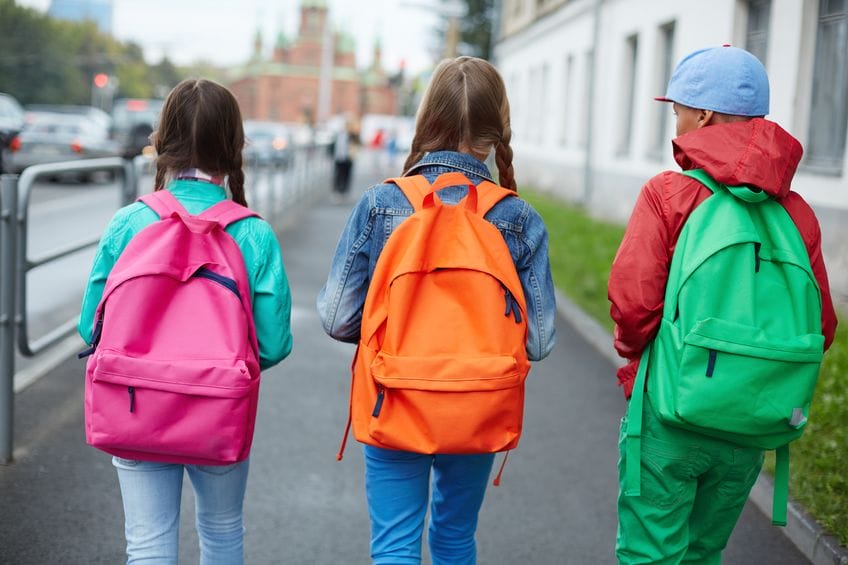Parents are rejoicing across the country as they send their kids back for the first month of school. Last week, most schools reopened their doors for the new school year. And leading up to this, as with every year before, we were bombarded with back-to-school advertising.
The first thing that got me thinking about back-to-school marketing was seeing an ad for a clothing store that used the acronym “BTS” for ‘back-to-school’. I don’t know much about Gen Z slang, but I do know that many kids and teens recognise “BTS” to stand for “behind-the-scenes”. So, seeing “BTS” on a commercial for kid’s clothing, confused me because my connection of “behind-the-scenes” didn’t fit into the context. This tipped me off that maybe marketers were missing the mark. However, when I tried to confirm my theory, “BTS” returned way more results for a popular teen K-Pop band, showing I’m just as lost as the rest of them.
Now, I also recognize that many back-to-school commercials are not actually targeting the kids, but their parents. But this one was, as the purchasing power may lie with the parents, but the persuasion power still sits with the kids.
This also got me thinking about the frequency of back-to-school campaigns and whether these marketers were missing opportunities by only heavily promoting for the 2 or so months before classes start. Turns out, the back-to-school market is an $82.8 billion opportunity and was the second largest consumer spending season in 2016, after the winter holidays.
However, according to Marketing Land, “marketers who shift their focus to a year-round, data-driven strategy will be able to capture BTS sales that occur outside the typical month or two [before school resumes].” According to a 2016 study, by early August only 13% of families had completed their back-to-school shopping and 22% hadn’t even started. This backs up the notion that while some shoppers get a head start, “others buy late, and there are also those who spread out their spending […] throughout the year” (Marketing Land, 2017).
Beyond adjusting when brands are marketing back-to-school merchandise, they should also be considering how. Marketers have all the opportunities to involve a media-savvy generation into their marketing that some are leaving on the table. Today’s kids and teens ‘get’ technology like no other generation before them. If brands can allow kids to be part of the marketing strategy, they can see much higher engagement from their target audience. Forbes outlines some ideas for modern-day back-to-school marketing here.
What do you think about back-to-school marketing – does it stand the test of time or are new approaches needed? Send me a note at kailaj@idebamarketing.com.
–Kaila Joynes, Consultant






